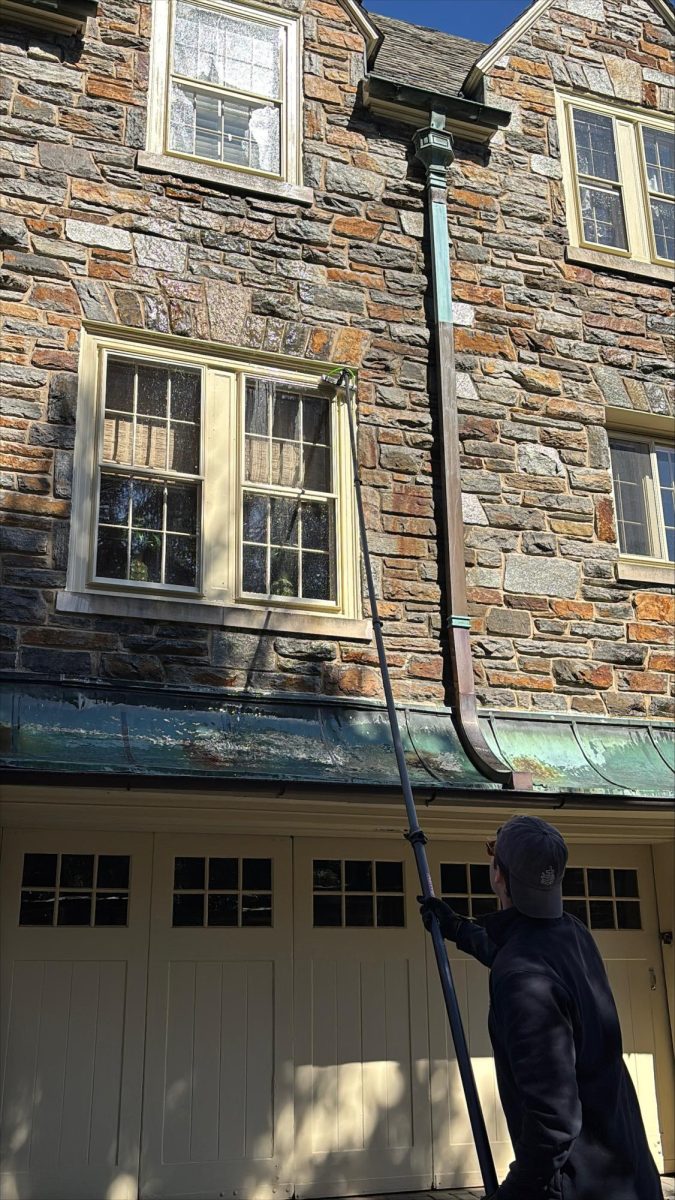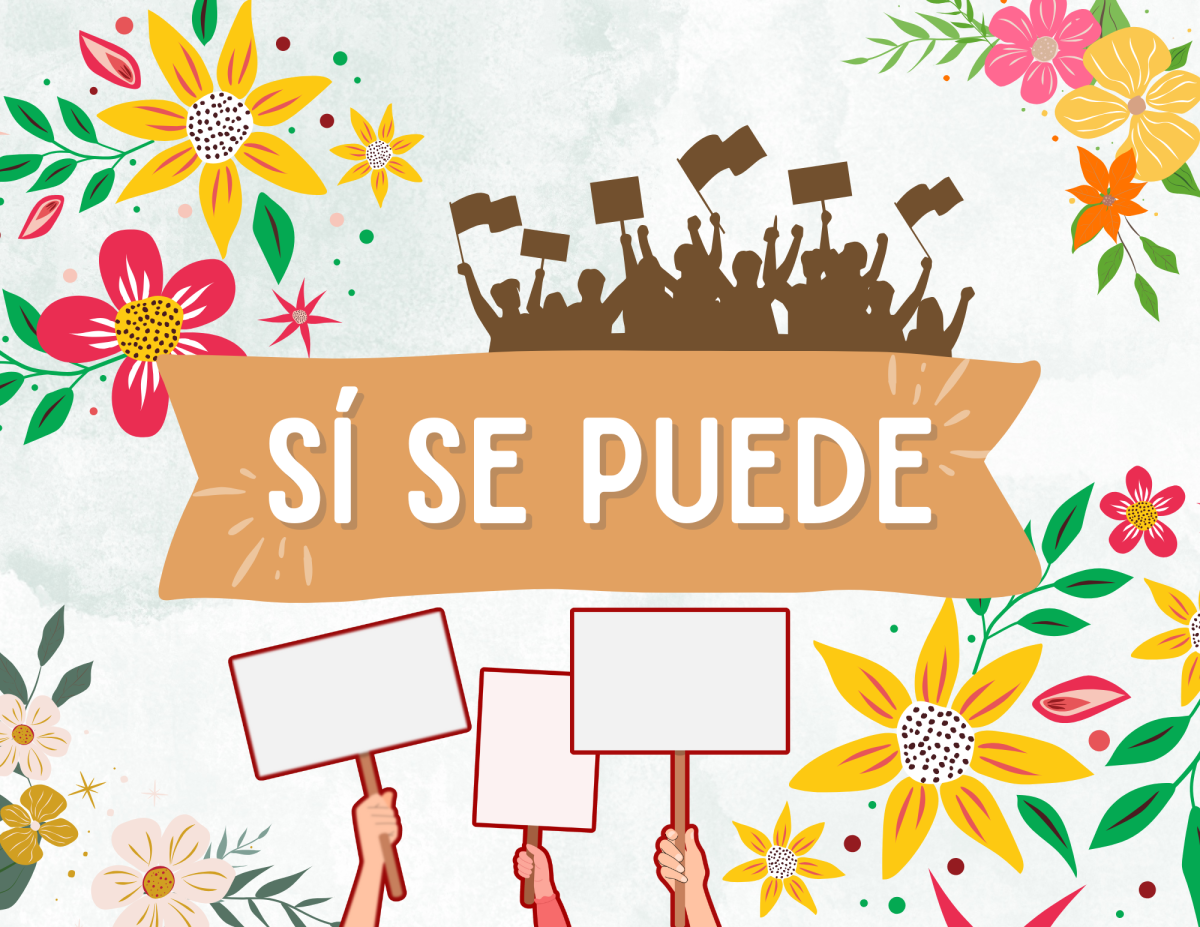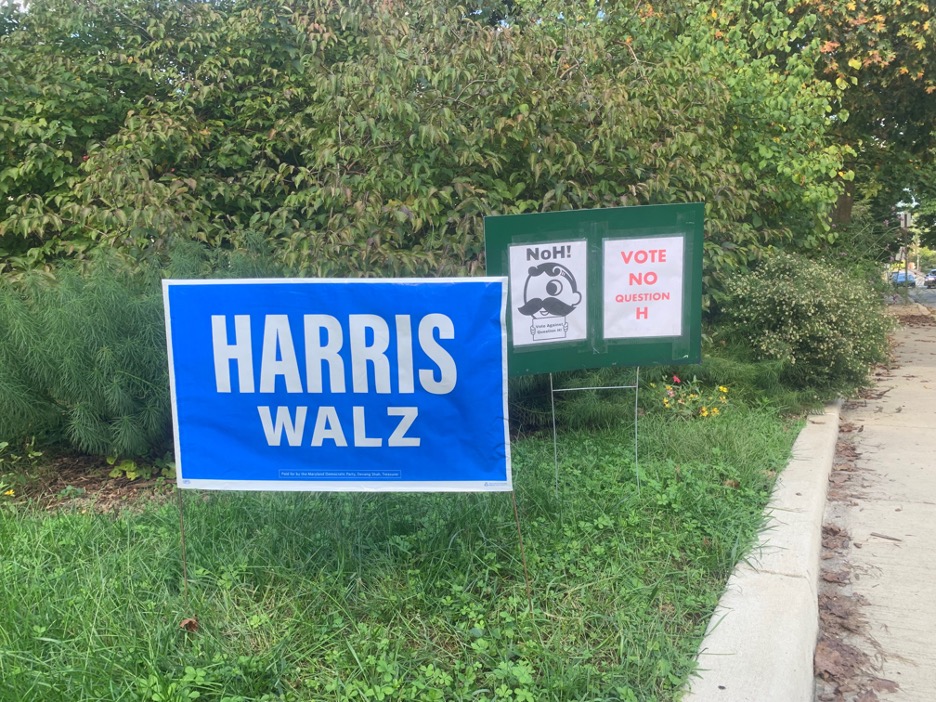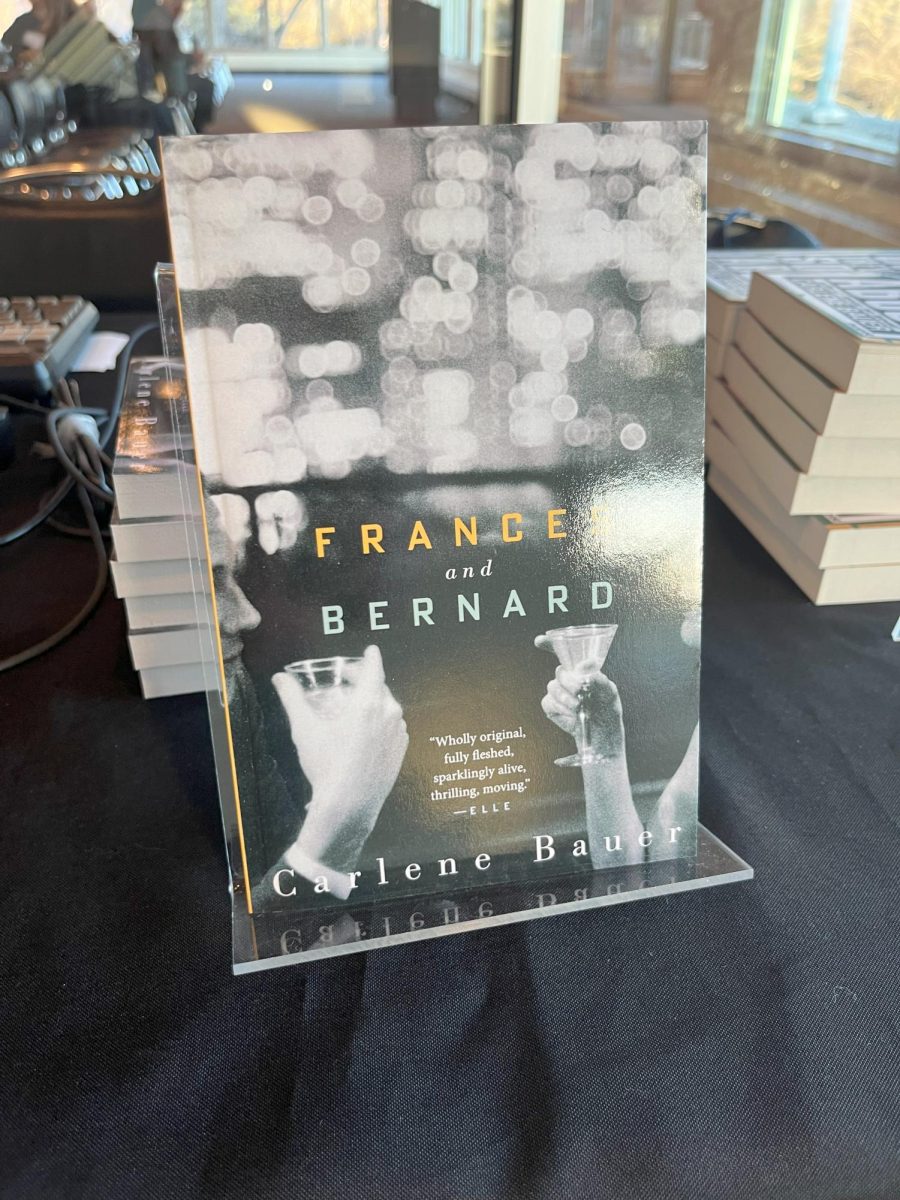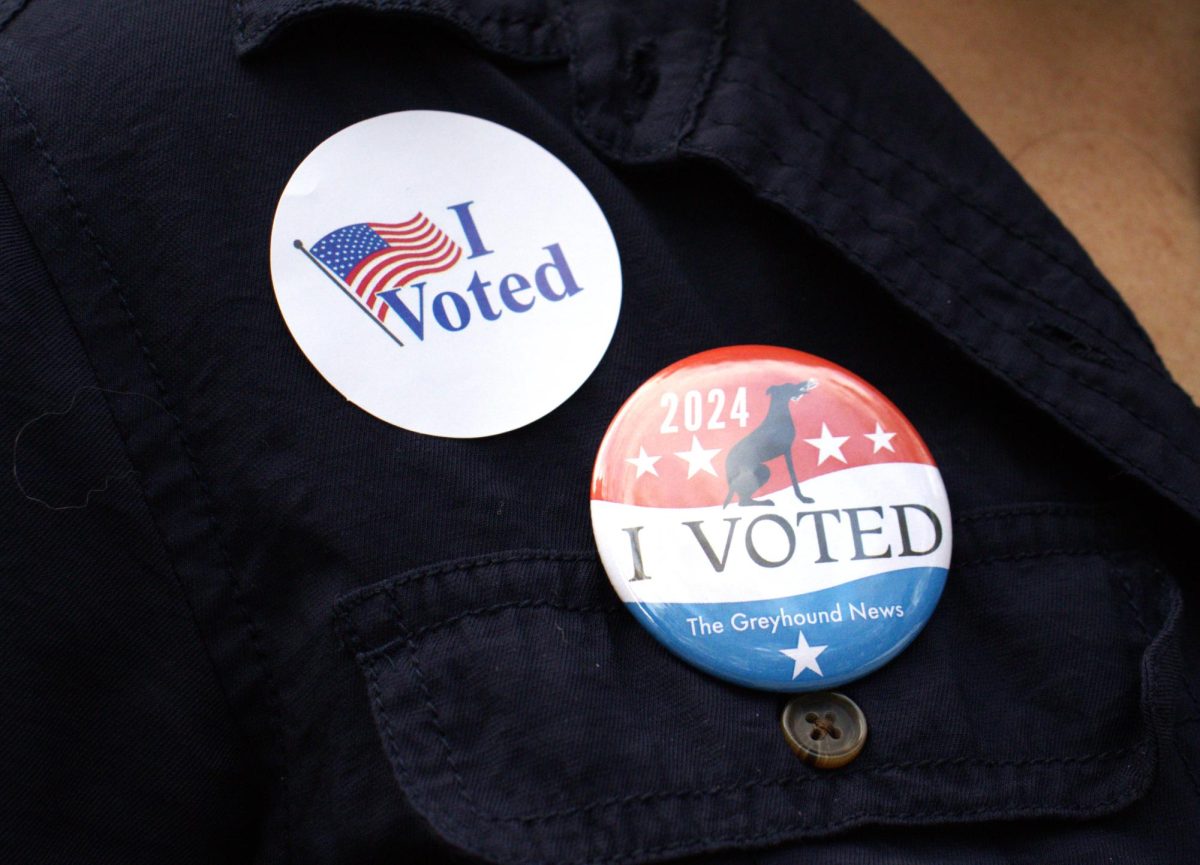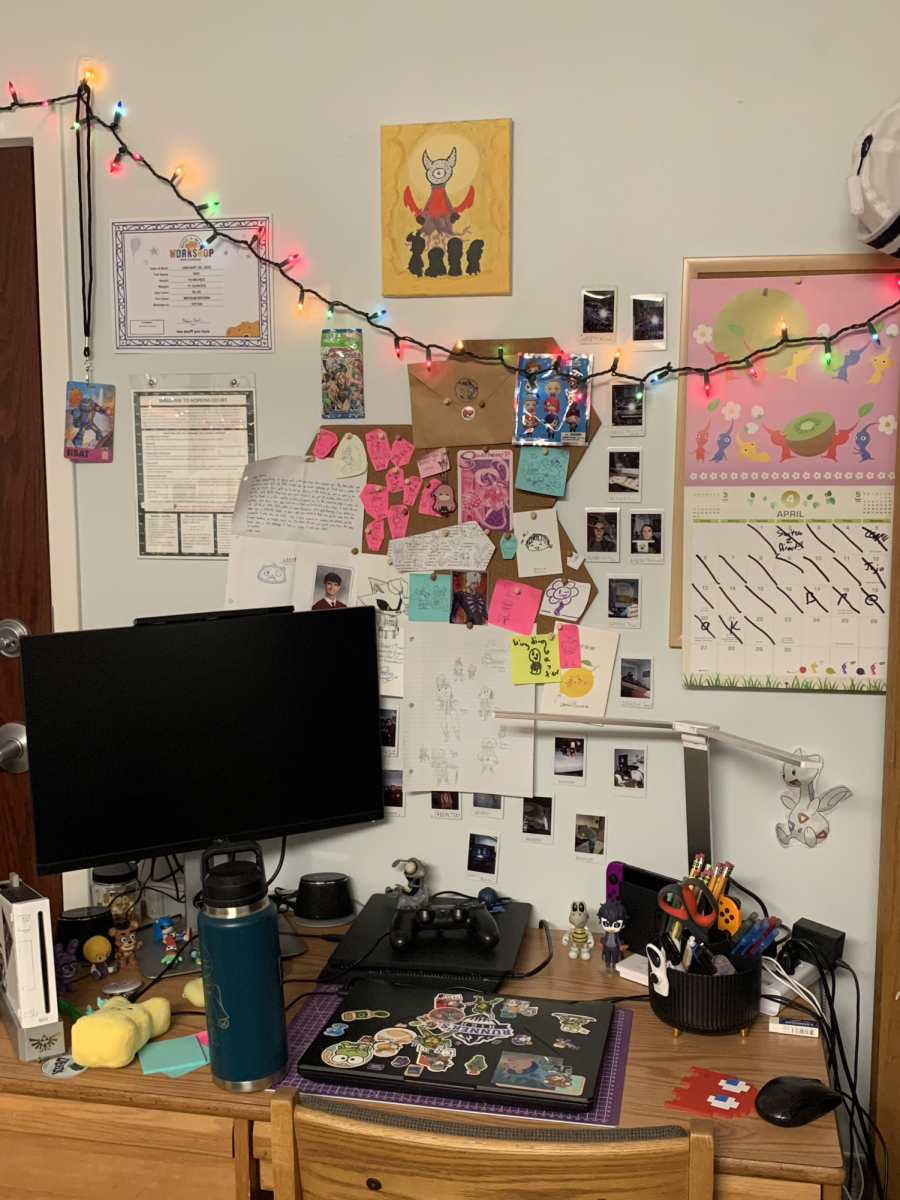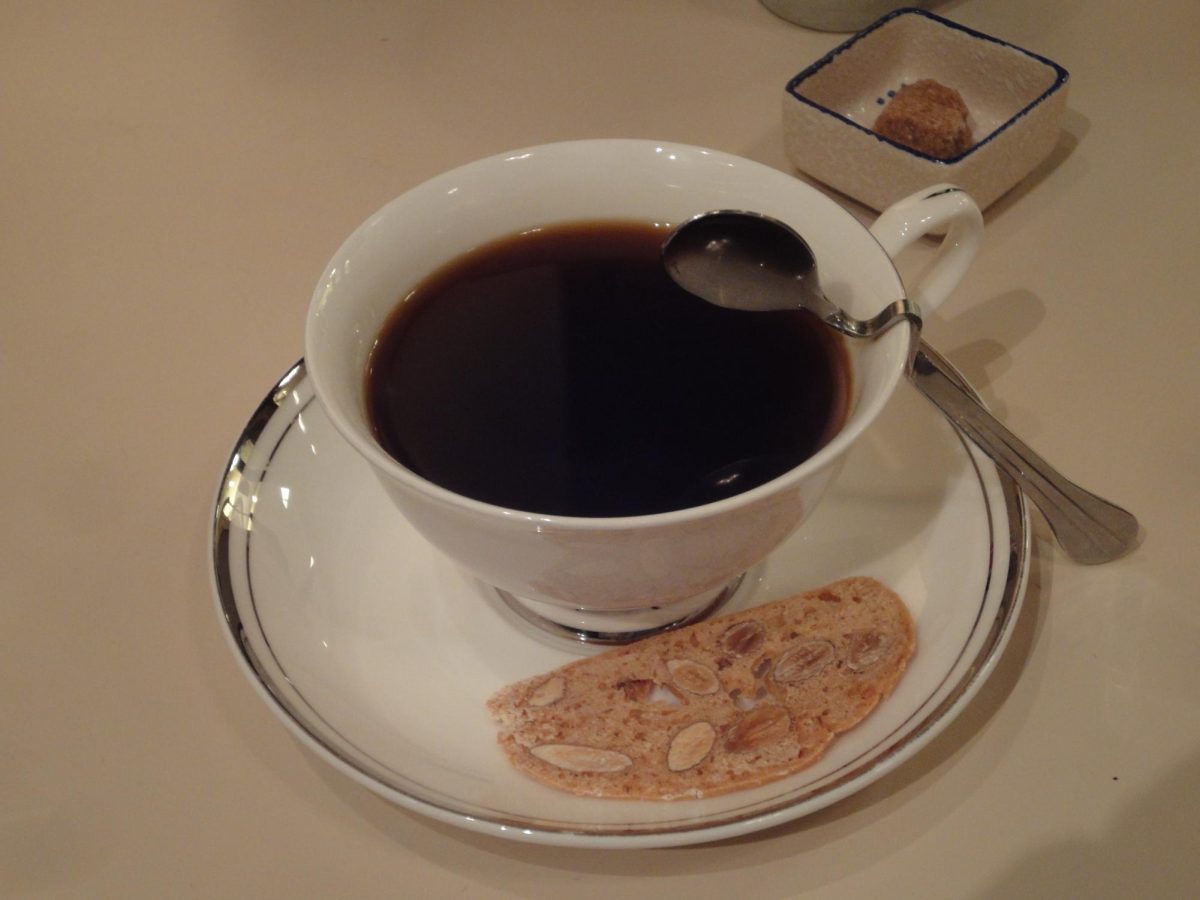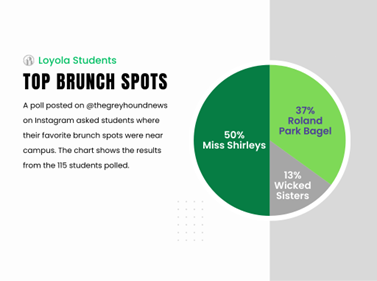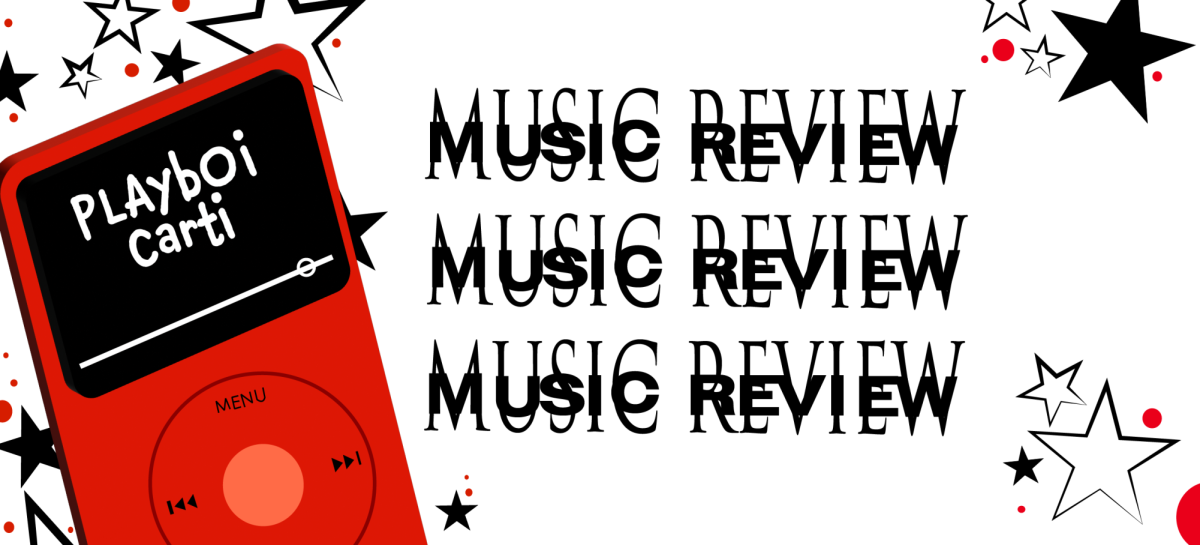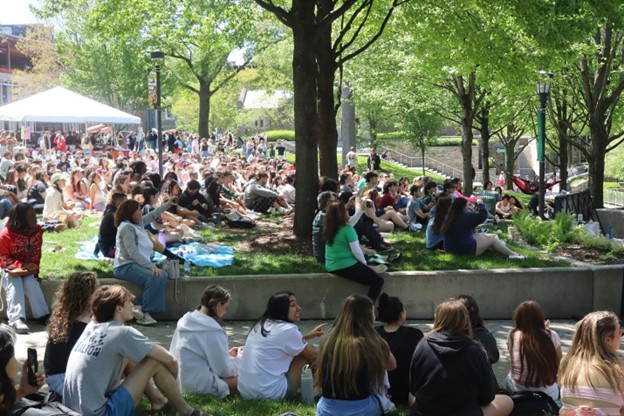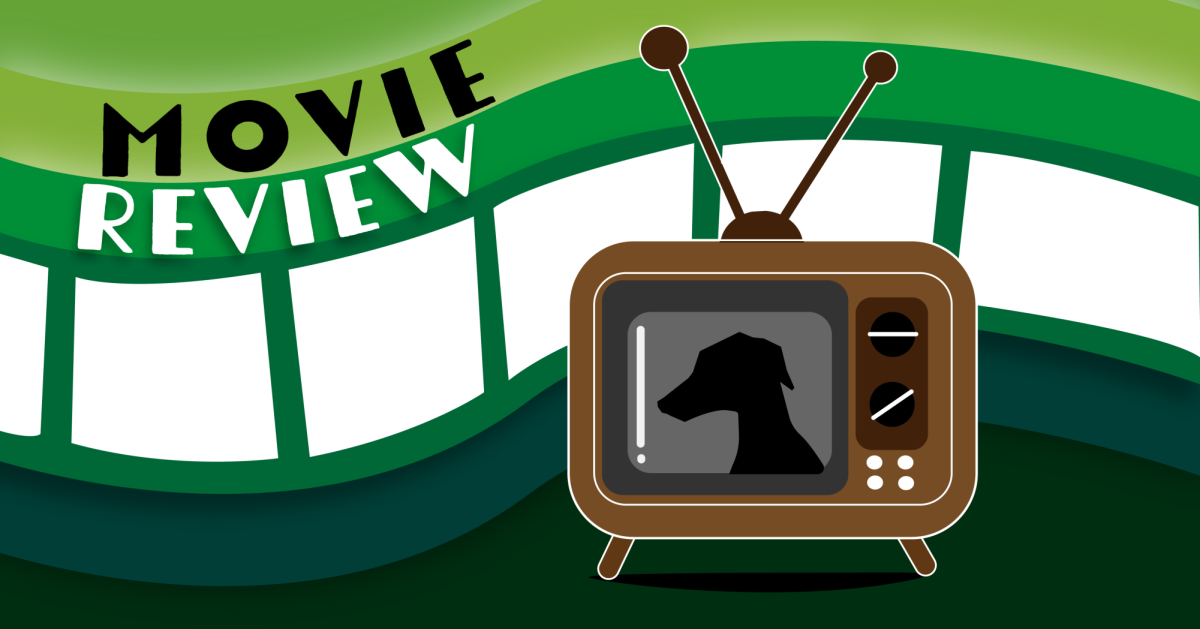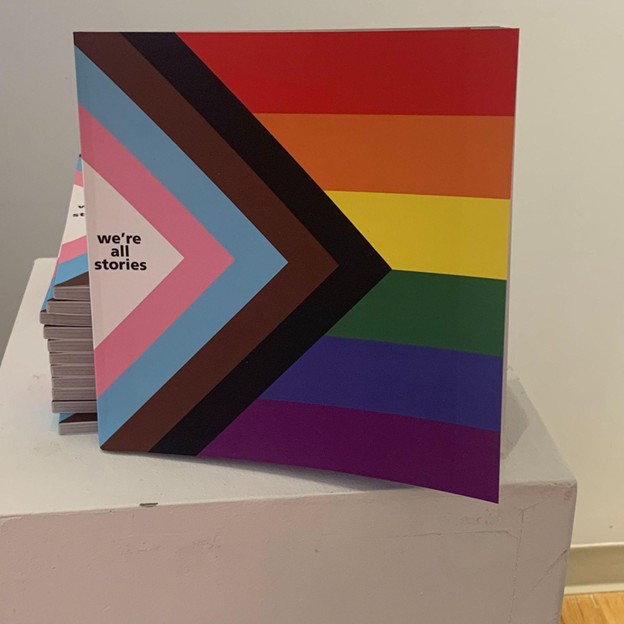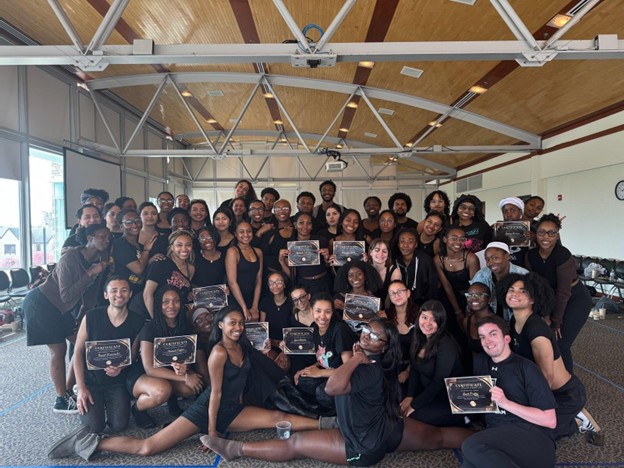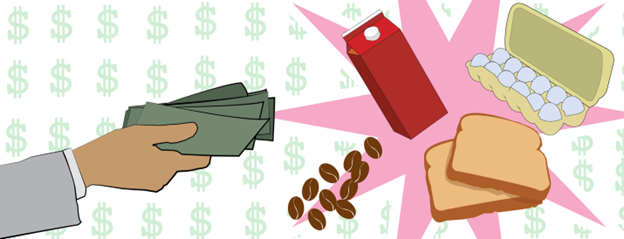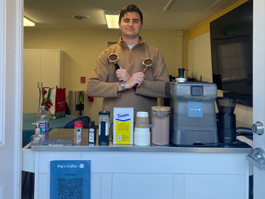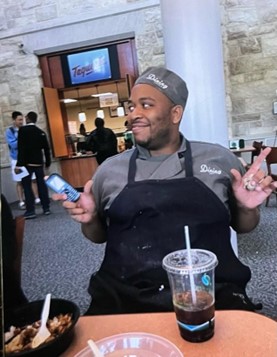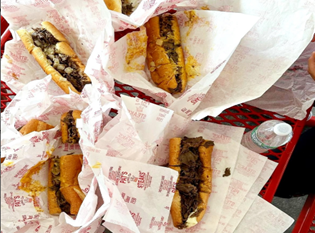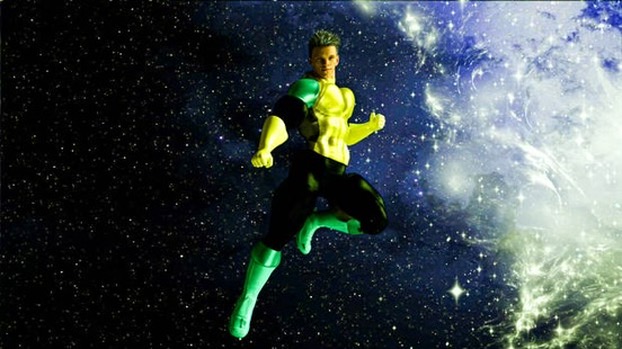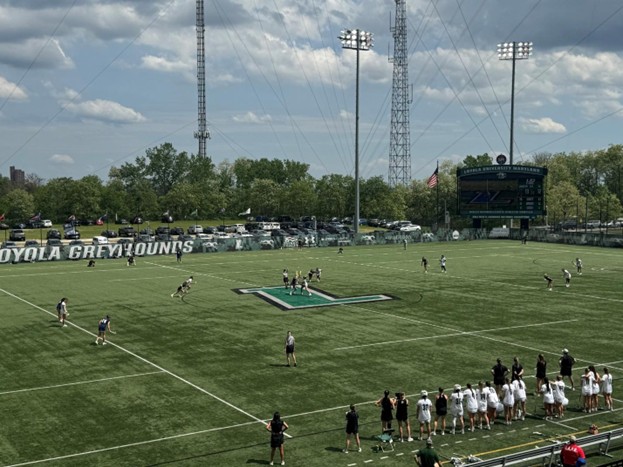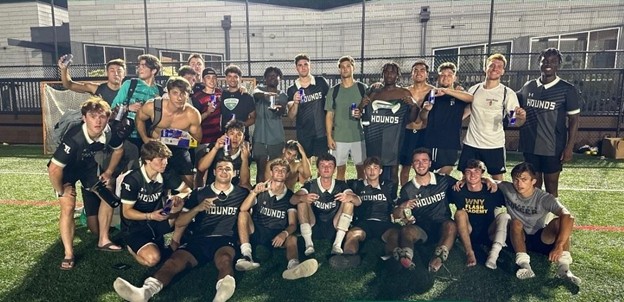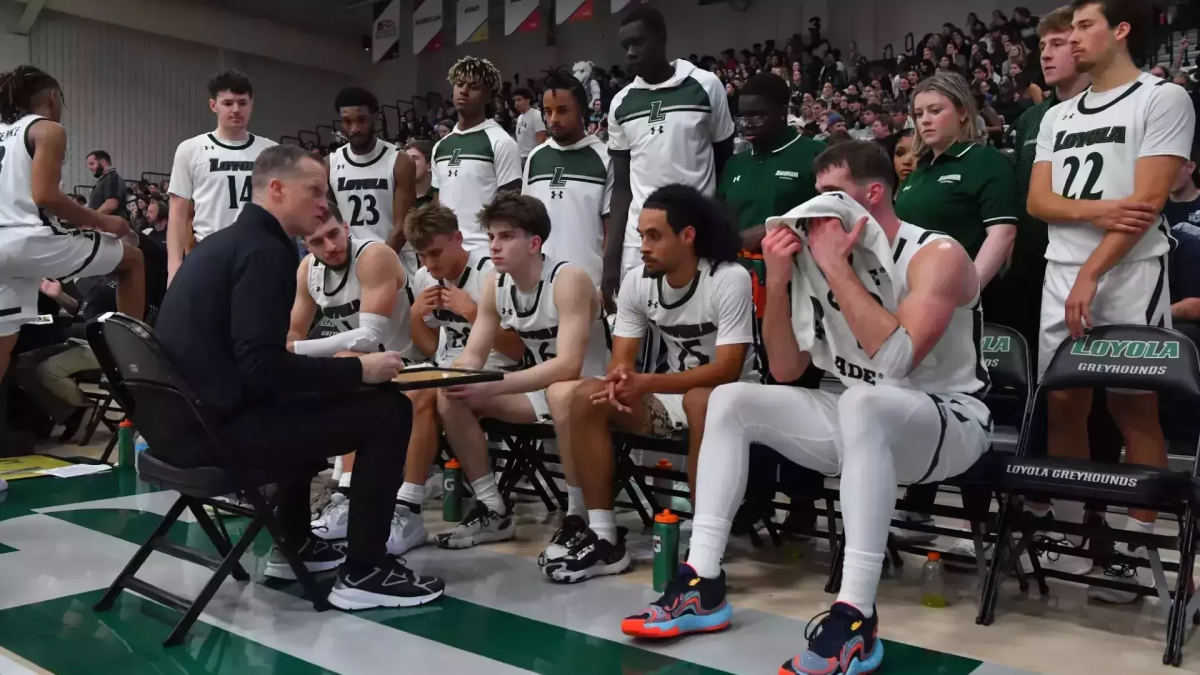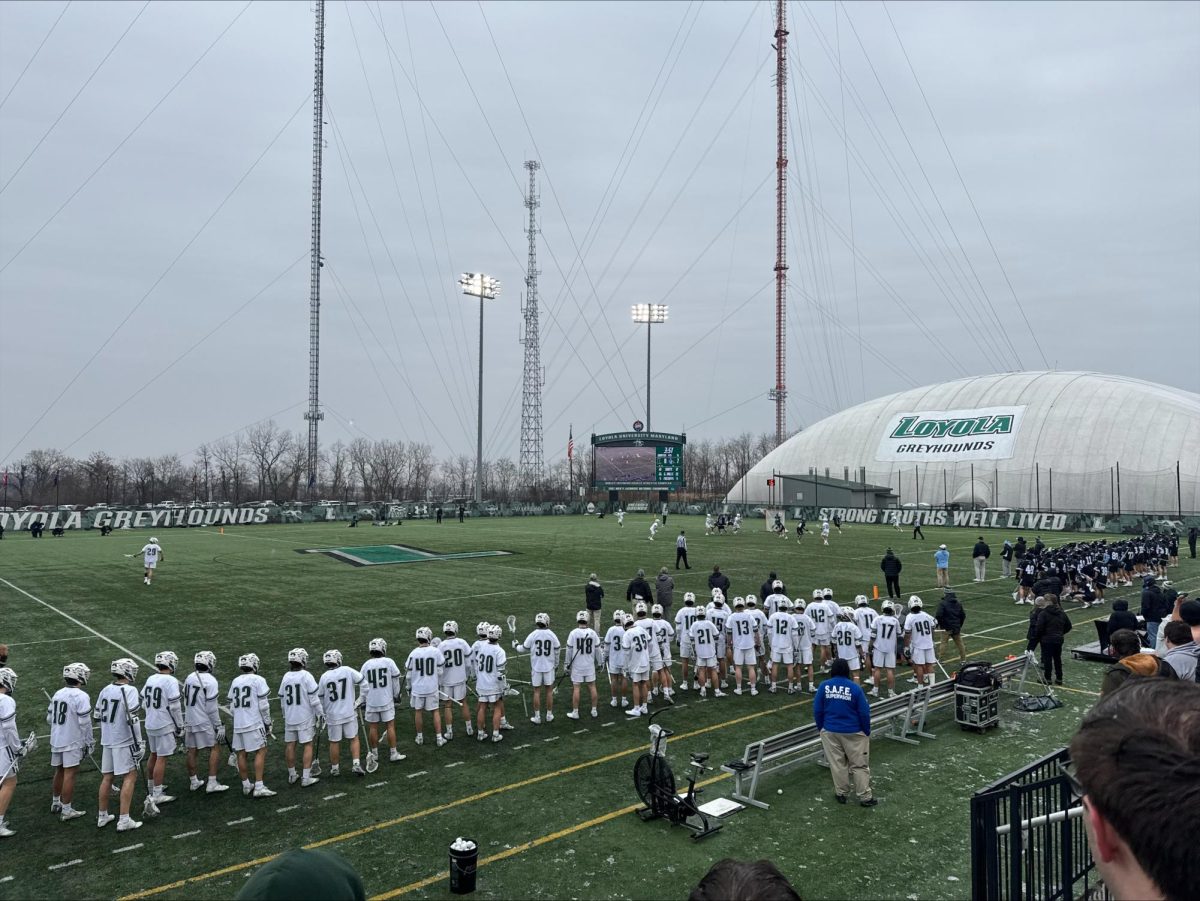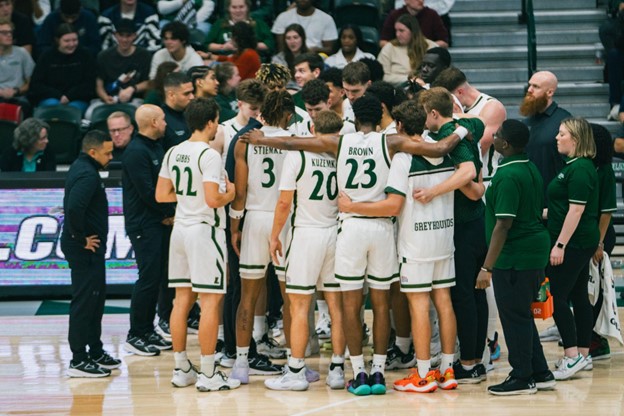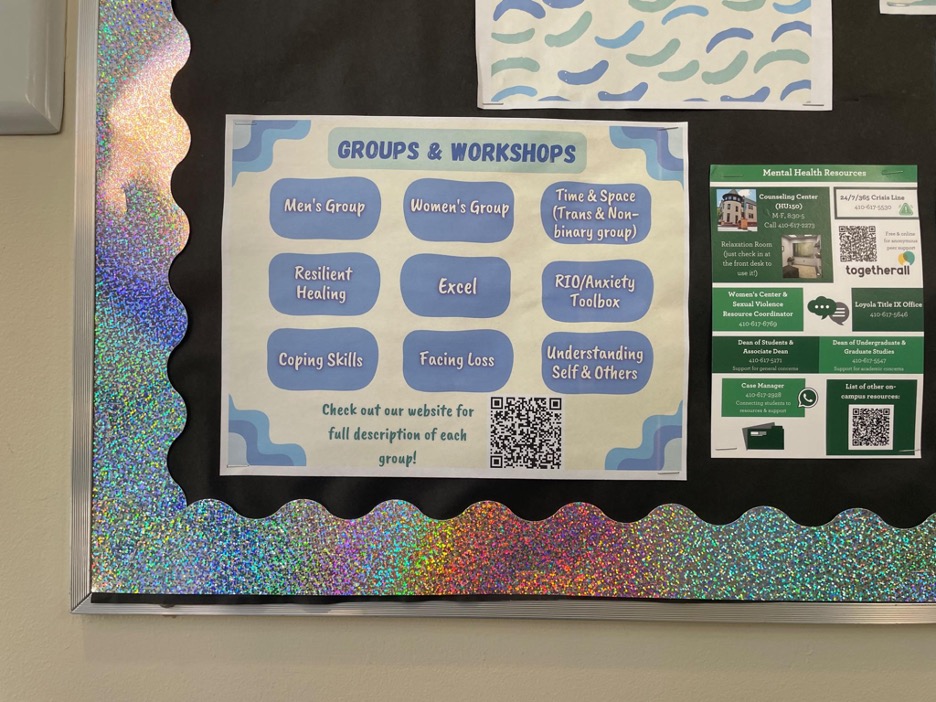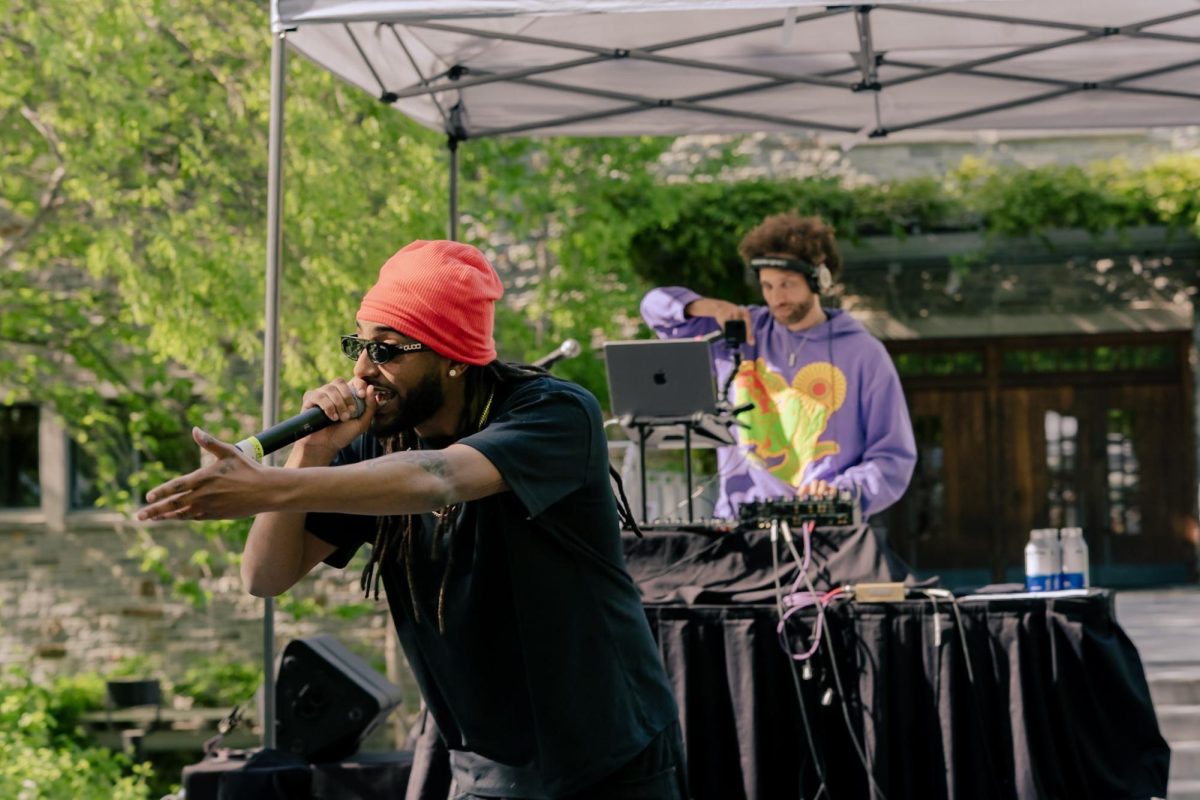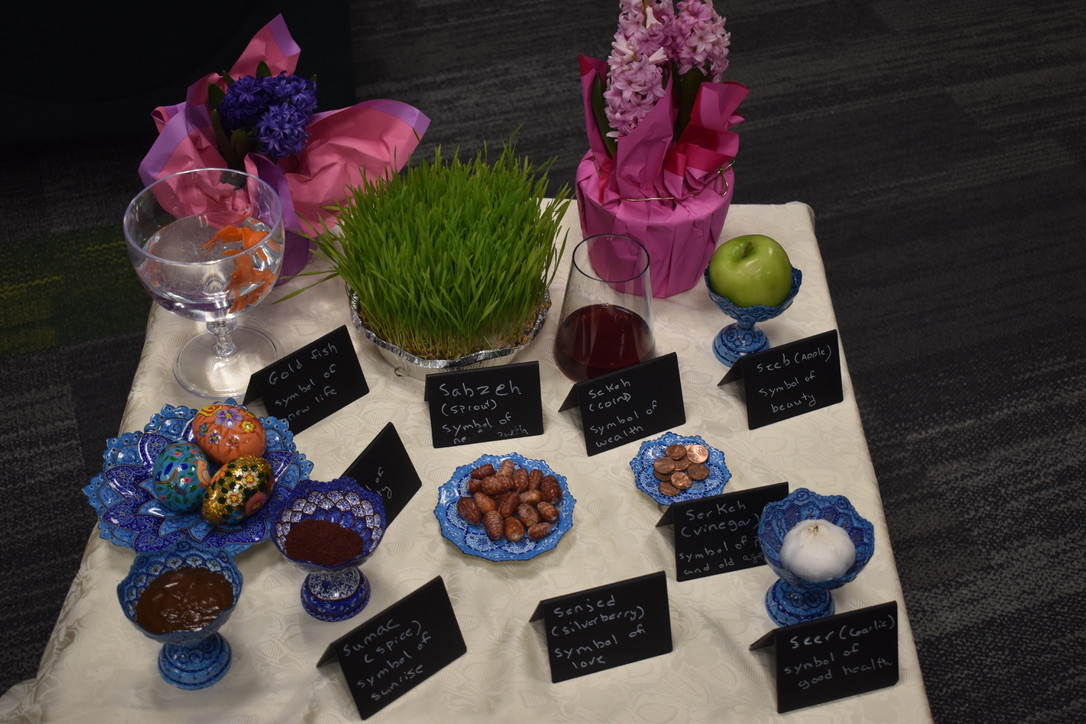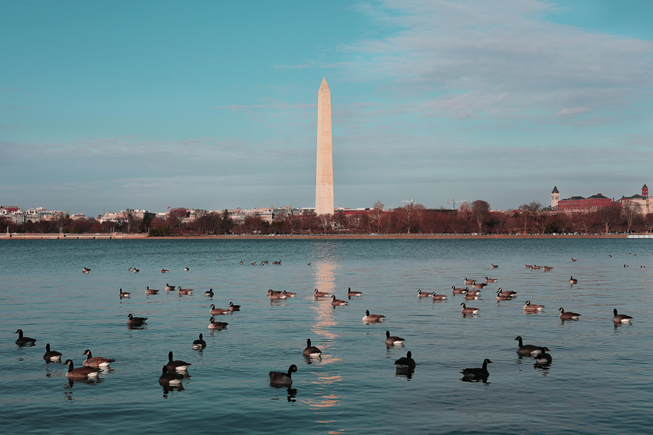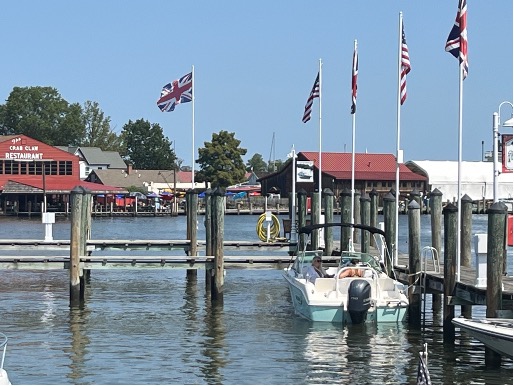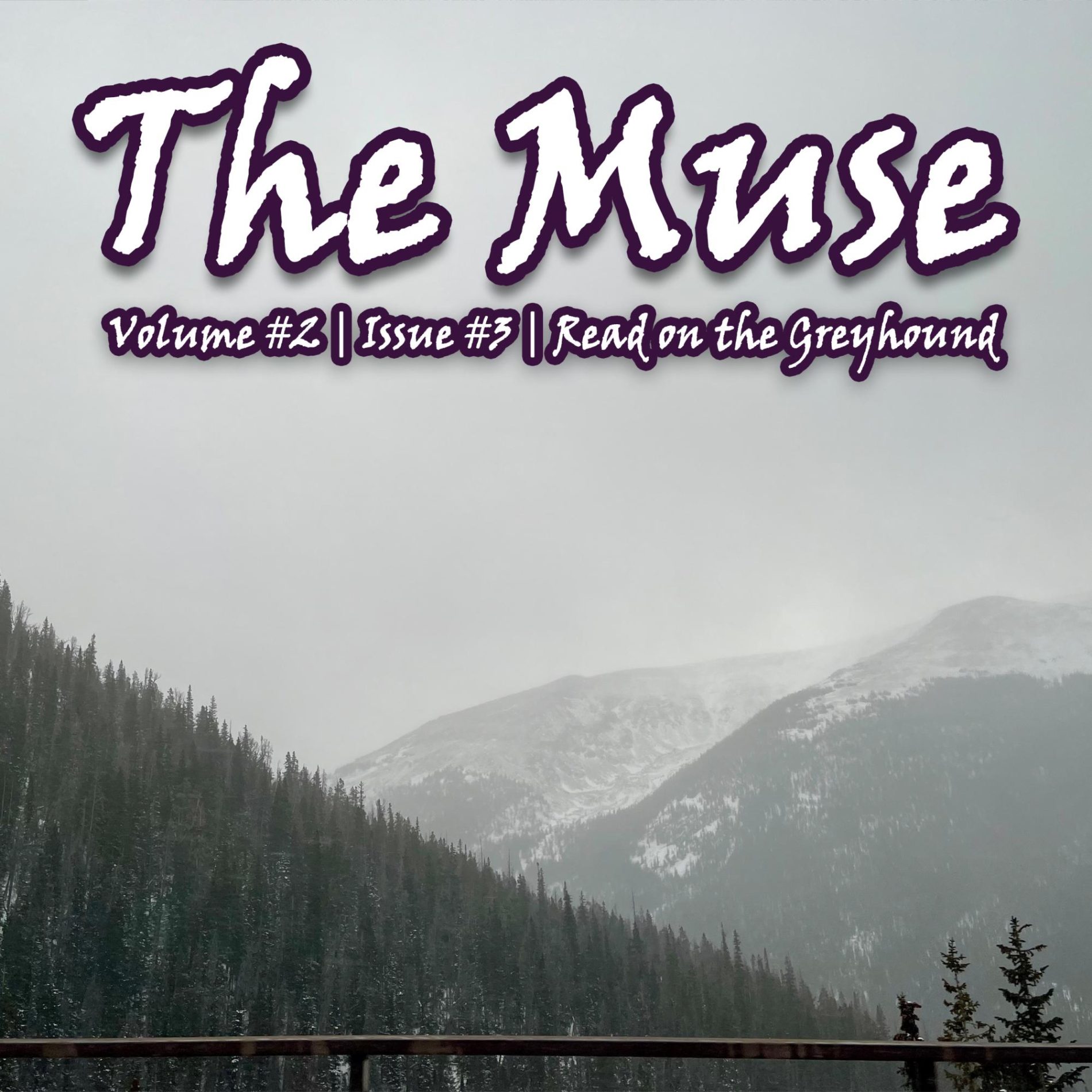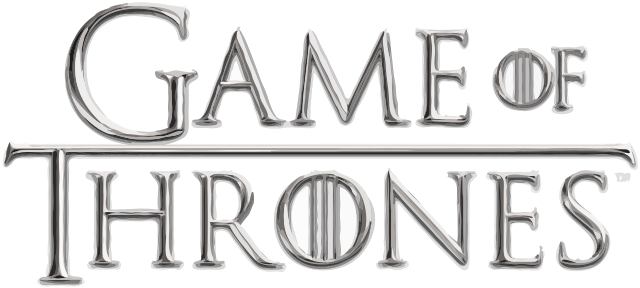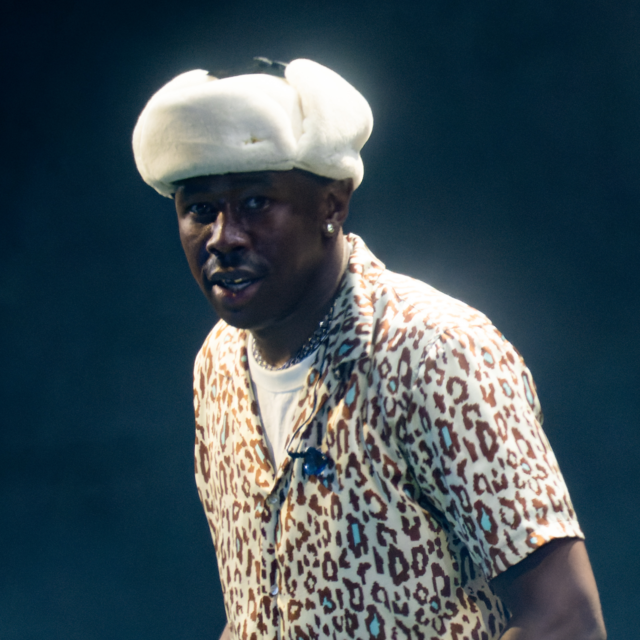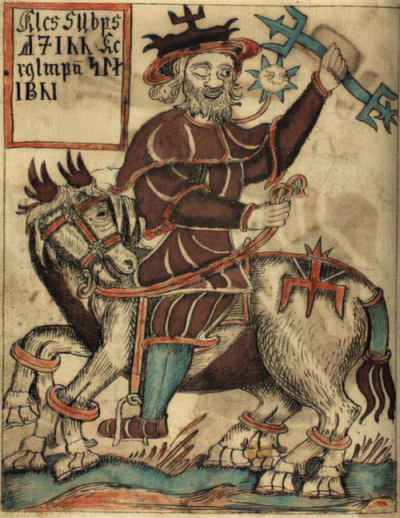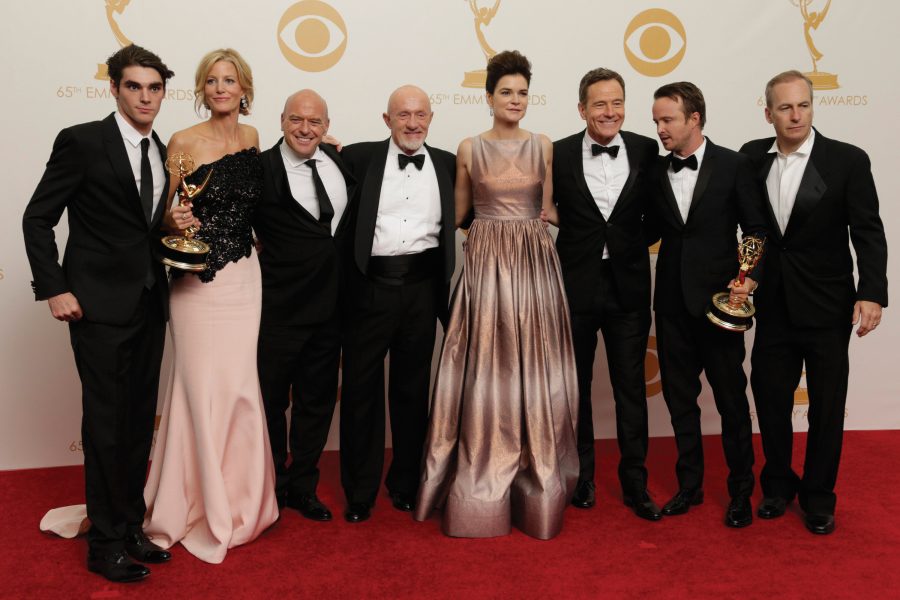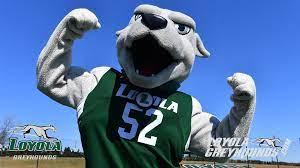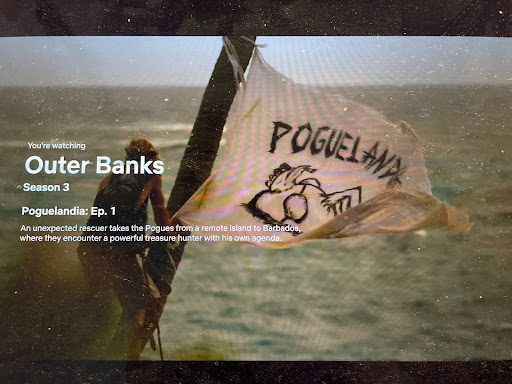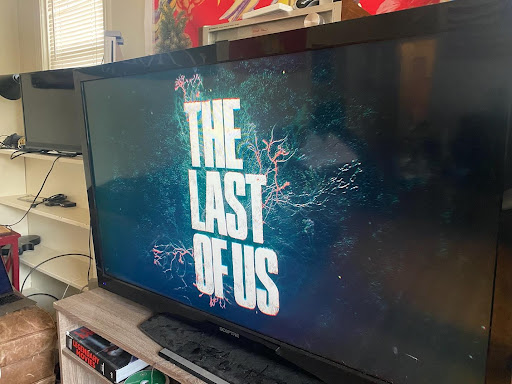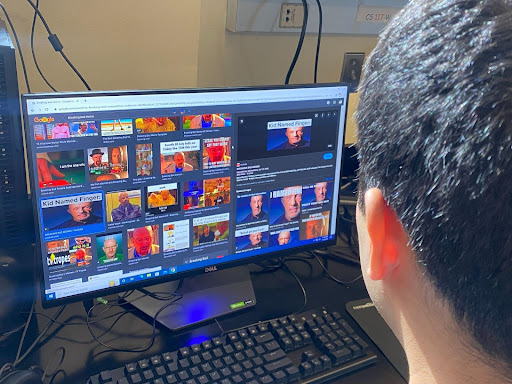What’s left to say about Breaking Bad? In just five brief seasons, the greatest television drama, possibly ever, came and went with a rumble, then a bang, like a low-rolling thunderstorm. America was introduced to its newest favorite anti-hero, story and director, only to have it all taken away just as its popularity peaked. Despite its short stay, the show has cast a long shadow that has changed television forever, and probably for the better.
The show revolved around Walter White, a bumbling (and mustachioed) chemistry teacher turned treacherous methamphetamine kingpin. Walter, pressed for cash like most teachers, began to panic for his family’s financial wellbeing after receiving his cancer diagnosis. In a bit of harebrained scheming, he devised a get-rich-quick scheme, teaming up with his meth-slinging former student to try to score as much money as possible before his impending demise. Walter’s extensive knowledge in organic chemistry allowed him to create a superior product, earning him riches beyond his wildest dreams. Much like one of Aesop’s fables or a modern Achilles, his single-minded quest for power and domination brought untold pride and avarice to the surface, which turned his fortune into a curse and eventually led to his downfall.
Here’s why the show was so interesting: Vince Gilligan and the writers of Breaking Bad were able to take the classic gangster formula and invert it. In today’s world, Walter’s plight seems all the more palpable with the recent economic downturn. Whereas most drug-fueled dramas focus on cocaine —an expensive, if not decadent, party drug—Breaking Bad focused on inglorious crystal meth. Meth, unlike cocaine, lacks extravagance—it’s manufactured using household ingredients and is cheap and popular among lower-class citizens. By setting Breaking Bad’s home in banal New Mexico, Vince Gilligan turned the tragic gangster genre on its head. The days of Tony Montana-like characters living in lavish mansions are long gone, in favor of unassuming and far more believable characters with clandestine riches.
This unique plot gave birth to Aaron Paul’s acting career, as well as reanimating Bryan Cranston’s. Paul’s depiction of Jesse, who moves from a meth-head screw-up to a troubled man met with despair at every turn, was enthralling. We cried with him when Jane, Mike and Andrea died, and lashed out at Walter by his side. Cranston’s role as Walter helped him rid the reputation as “the dad from Malcolm in the Middle.” His morally ambiguous actions as a character dig his hole deeper and deeper, making him far worse off than simply his cancer diagnosis. With such acting chops, America has discovered its newest in-demand actors (let’s pretend Need for Speed and Total Recall never happened, shall we?) Perhaps the greatest actor to come from the show was Anna Gunn with her depiction of Skyler, the oft railed against wife of Walter. Her battle between right and wrong, what’s right for her family, and loyalty to her husband (who barely resembles the man she married) created what was perhaps the most riveting tension on the show.
Throughout the series, there were dozens of images and scenes that will stick with fans forever, which not only shocked and delighted audiences, but also changed the possibilities cable television has to exercise. There were the lighthearted moments— every joyful exclamation of “bitch” out of Jesse’s mouth, Gale’s nerdy music video/ode to science and Hank’s obsession with rocks…errr, minerals. Then there were the intense ones—the view inside a broken home of meth addicts, the infamous “bathtub scene,” where the dissolved remains of small-time dealer Emilio falls through Jesse’s ceiling, and most recently, the knife fight between Walt and Skyler over control of the family. Avant-garde camera techniques and skilled writers were employed like they are in major motion pictures. These highbrow elements, which are typically saved for premium television, were incorporated seamlessly and took the art of cable TV to unforeseen heights.
Apart from the plot, the way we’ll be referring to Breaking Bad in the future is the way it galvanized America, transforming from fringe favorite to the talking point of millions across the nation. Due to innovations in the way people watch television (read: Instant Queue), prospective fans were able to dip their toes in the series, get hooked and binge watch season after season to catch up. Never before had this been done with a drama series on such a large scale (although comedic Arrested Development gained popularity much the same way). With people able to pick up the show whenever they wanted, a sea of unsynchronized support was built, leading to its crescendo by the final season.
There’s a silver lining to Breaking Bad’s departure. Producers and Hollywood bigwigs have surely taken note of the popularity of Breaking Bad, allowing for other “racy” dramas to crop up on cable networks, thereby raising the stakes for what television can (and should) be. So, while you might still be wiping your tears, rest assured that another left-field oddball drama will attempt to take Breaking Bad’s place, thanks to your continued support of quality television.




